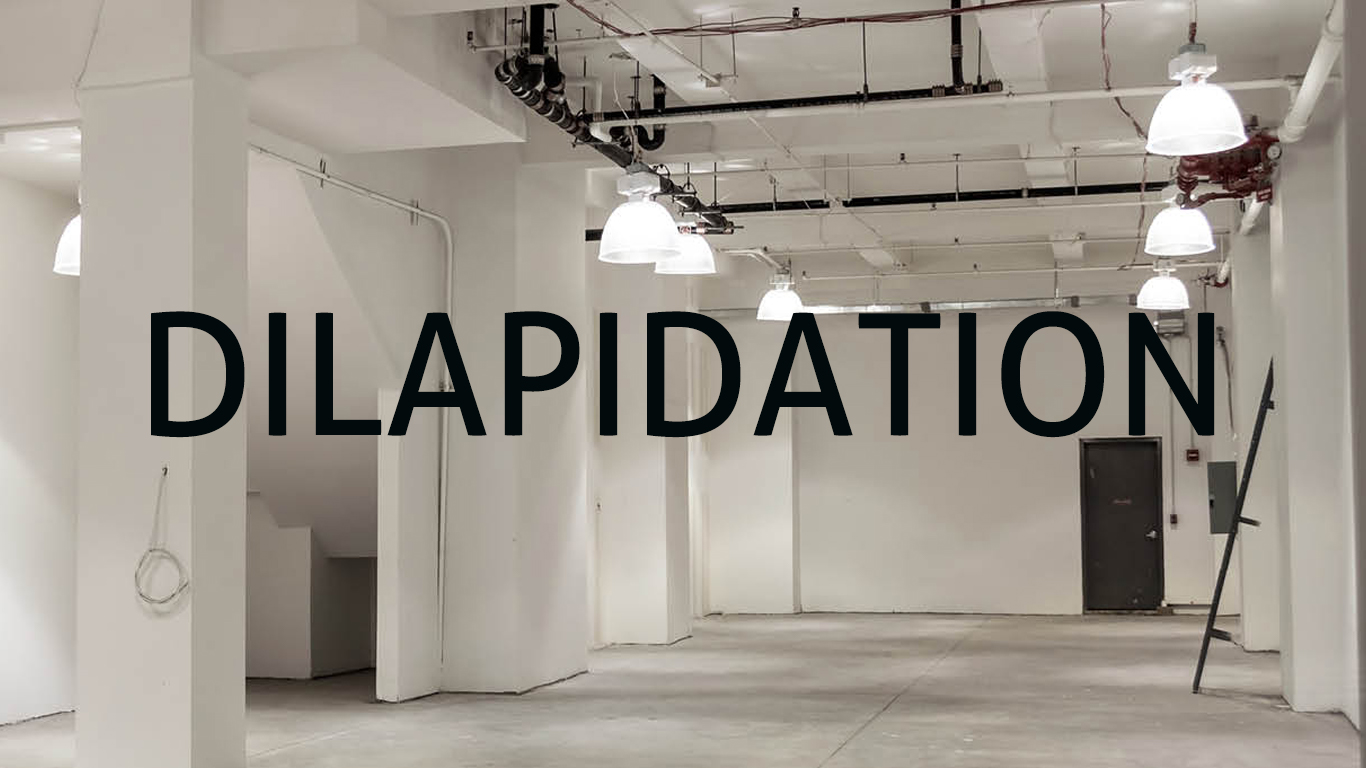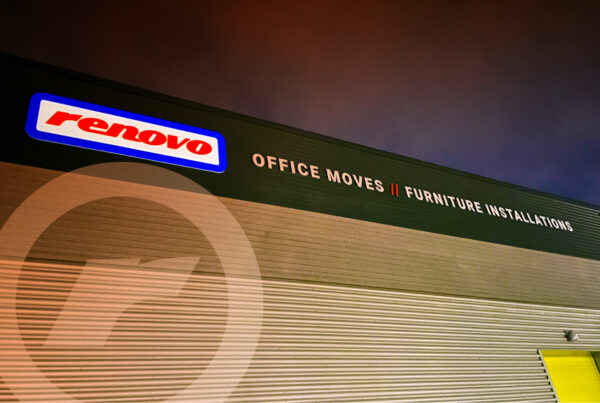
Understanding the Importance of Dilapidation
As a tenant you will have to ensure that when you leave your leased space you will have the responsibility to carry out any repairs and re- instate any alterations and decorations you have made in your time in the space.
It is really important to understand the schedule of dilapidation works required, so that quotes can be obtained in good time for these works.
Most Landlords will have this priced by their own suppliers, but it is always worth obtaining your own to ensure that you are getting best value for these works.
The other element to be mindful of is the period of time between moving out of the property, and the agreed handover date as you will be penalised for not exiting the building in time. The dilapidation works will need to be completed prior to the handover date.
If time and program is tight, then some works should be undertaken prior to the move out to help with this. Decoration and cleaning can be fairly unobtrusive if they are planned correctly.
The works required will normally fall into the following categories;
Reinstatement – you will be required to return any alterations you have made to the space back to its original condition and specification. This can be items such as partitions/ walls, signage, additional security such as door entry systems, CCTV, WIFI, flooring, and wall vinyl’s, wallpaper.
All cabling and connectivity wiring will need to be traced back to source and again holes in the wall will need to be made good.
When these items are removed all holes in walls, floors and ceilings for fixings will need to be repaired and made good as part of these works.
Redecoration – in most instances you will be required to decorate all of the space prior to 3 to 12 months of the lease expiry. Most landlords will insist that the redecoration includes for a minimum of 2 coats of good quality paint. This will not be limited to walls, as skirting, window reveals and cills and ceilings, and doors will need to be prepared and repainted.
Repairs- the dilapidations schedule provided by the Landlord will identify a list of repairs that will need to be made to the space. It is important to refer back to the condition survey to ensure that any items previously damaged are not re- listed. This can also include repairs to raised floors, and replacement of carpet. This should always be based on a replacement of similar type and specification of what was already provided for. During your time in the building there will be signs of general wear and tear such as chips in frequently used doors and marks of wall next to post rooms or goods lifts.
Cleaning- all areas will need to be cleaned prior to handover. As part of the dilapidation works you will also be expected to clean ceilings, all surfaces, floors, glazing including partitions and internal doors, and even light fixtures and blinds.
Compliance with Statute – You will need to show that all registers and test certificates are up to date. This will include fire alarm tests, air conditioning units and electrical test report are kept. There is normally a requirement to provide tests for the electrical systems and emergency lighting at the end of the term.
This is a key element to plan for and the financial impact can be significant if not dealt with in a timely manner.
It is important to seek guidance from a company that can help with all of these work streams and can show that they have dealt with similar requirements for other clients. They will also need to project manage and co- ordinate the activities around the building closure and your move to your new building, and incorporate handover meetings with the Landlord to ensure full compliance with the schedule of works and program.
For more information of how Renovo can help you with your Dilapidation works please contact Danny Rutter on 07553 265 461 or email us info@renovo-services.com



 Quality Assured
Quality Assured Health and Safety
Health and Safety

